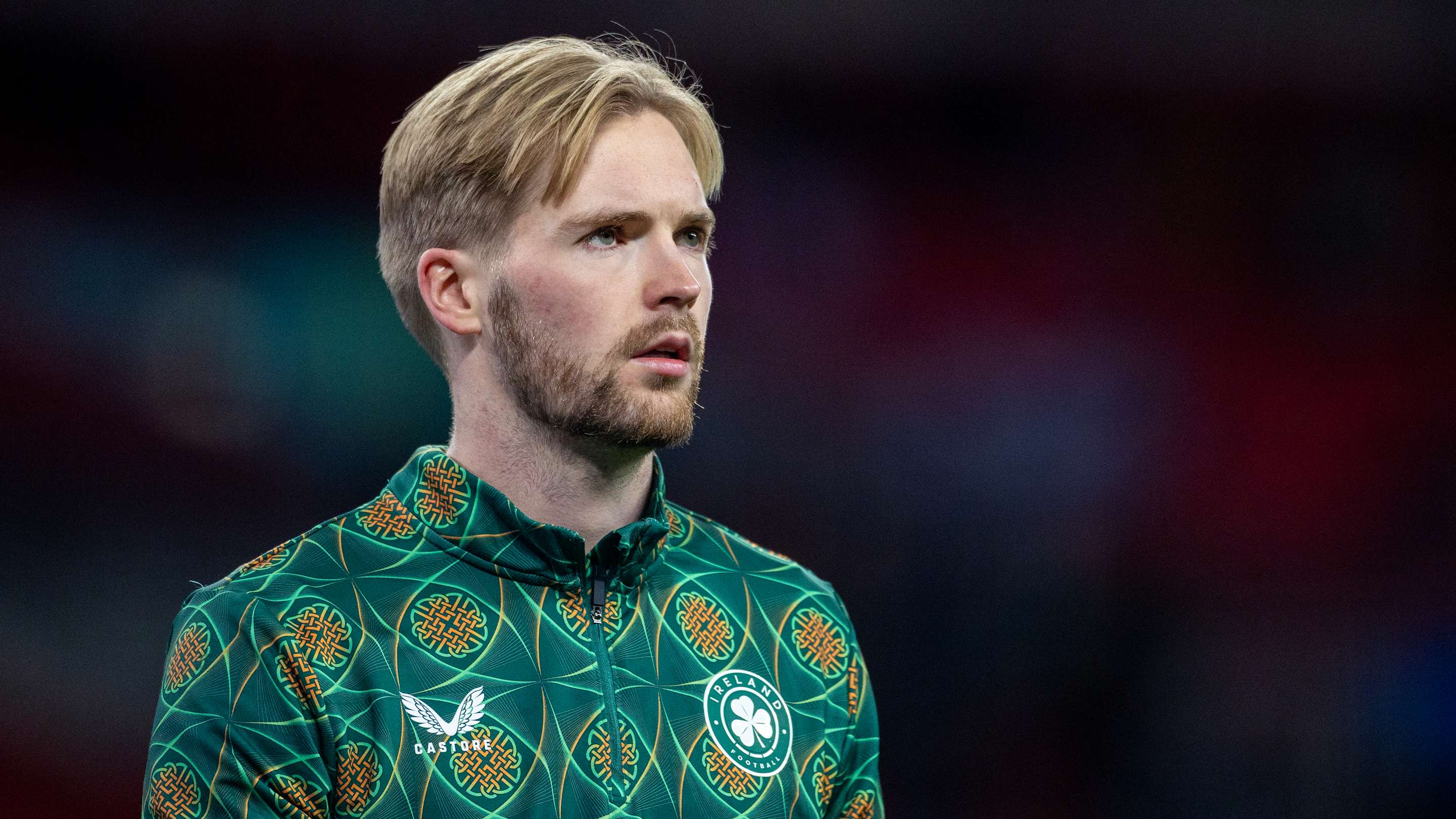

An internal rift over defense spending and President Trump’s disregard for Ukraine have lowered expectations for the gathering.
NATO opened a high-level meeting on Tuesday against the backdrop of one war in the Middle East overshadowing another on the military alliance’s doorstep. A tentative cease-fire between Israel and Iran is expected to dominate discussions, muting mention of Russia’s invasion of Ukraine.
But NATO has other things to worry about at its annual summit of alliance leaders in The Hague, the Netherlands — namely, maintaining a unified front amid an internal spat over military spending.
A new cease-fire, announced by President Trump late Monday, could rally NATO states toward a common goal. “Counterintuitively, this could have a positive effect on the NATO summit,” said Liana Fix, a Europe expert at the Council on Foreign Relations, because it could distract from “escalation on other issues.”
But there was uncertainty Tuesday over whether the cease-fire had taken hold, with Mr. Trump suggesting that both countries had continued fighting.
“Heading to NATO where, at worst, it will be a much calmer period than what I just went through with Israel and Iran,” Mr. Trump posted on Truth Social.
“Hopefully, much will be accomplished!” he wrote.
Mark Rutte, NATO’s affable secretary general, predicted that the question of the cease-fire would not draw attention from the summit’s main focus.
If NATO can’t “deal with the Middle East, which is very big in commanding all the headlines, and Ukraine at the same time, we should not be in the business of politics and military,” he said on Tuesday.
But his efforts to preserve a short and sweet summit, which wraps up Wednesday, are far from assured.
Even as Mr. Trump was making his way to the summit on Tuesday, he may have added to jitters in Europe by refusing to commit to a touchstone of NATO, its Article 5 — the promise by NATO nations to come to each other’s defense. When asked by reporters about that, he said: “Depends on your definition.”
Still, he added: “I’ve become friends with many of those leaders, and I’m committed to helping them.” And he said he would say more when he arrived at the summit.
Defense spending debate
Mr. Trump’s demand that all NATO states raise defense spending to 5 percent of their gross domestic product — up from 2 percent — had been among the few agenda items that Mr. Rutte hoped would be unanimously approved.
Earlier this month, allies agreed to increase defense investments by fivefold, with more air defense systems, fighter jets, tanks, drones and troops. How to pay for it was to be settled at this week’s summit.
Heading to The Hague on Tuesday, Mr. Trump said that the 5 percent would give Europe “much more power.”
But he expressed exasperation with Spain after its prime minister, Pedro Sanchez, said on Sunday that his country would spend “no more, no less,” than 2.1 percent G.D.P. on defense.
“Spain’s not agreeing, which is very unfair to the rest of them,” Mr. Trump said.
On Sunday, Mr. Sanchez said the 5 percent threshold “would be incompatible with our welfare state and our worldview.” A statement released by his office said a final agreement with Mr. Rutte maintains that “not all allies are bound to the 5 percent target.”
Mr. Rutte maintained on Tuesday that allies would agree to the 5 percent target after asserting on Monday that there was “no opt-out” for Spain.
Matthew Kroenig, an expert at the Atlantic Council, said unity might be reached if allies are “fuzzy on the timeline.”
But, he noted, “if one ally gets a waiver, why won’t other countries seek similar arrangements?”
What about Ukraine?
Unlike the last three NATO leaders’ summits, all following Russia’s invasion in 2022, Ukraine will not feature prominently this time. President Volodymyr Zelensky of Ukraine is expected to attend a high-level dinner with the other national leaders Tuesday, and foreign ministers will hold a meeting to consult about battlefield priorities.
The American-led flood of weapons pledges from NATO countries will be more limited, and earlier assurances of Ukraine’s eventual membership in the alliance will not be part of the program.
Still, allies in Europe and Canada have already provided Ukraine with $35 billion in security assistance so far this year, Mr. Rutte said — more than halfway to the $50 billion goal for 2025.
“There is not going to be much said about Ukraine by NATO,” said Kurt Volker, a former NATO ambassador during the George W. Bush administration and a special envoy to Ukraine during Mr. Trump’s first administration.
He said that is because the Trump administration and European leaders diverge on the threat Russia poses to Europe and NATO if Ukraine does not survive as a sovereign state.
Alliance unity
The quandary over Ukraine and the looming spending spat have raised concern over the extent to which the Trump administration is committed to European security and, in turn, NATO itself.
The Pentagon is reviewing its troop positions around the world, in plans that could cut thousands from NATO’s eastern flank. The review will be completed in coming months.
“Ask any European leader whether they believe that the United States is as committed to Article 5 today as it was a year ago, and you will hear an unequivocal no,” said Michael R. Carpenter, who oversaw Europe policy in the Biden White House.
Some allies also are questioning NATO’s current relevancy. Italy’s defense minister, Guido Crosetto, said last week that NATO needs to rethink its mission amid broader global challenges.
“NATO, like it is, doesn’t have reason to exist,” Mr. Crosetto said.
But Mr. Rutte predicted that the shared threat by Russia would bring allies together.
Regarding American commitment to NATO, “My message to my European colleagues is, stop worrying so much,” he said on Tuesday. “They are there. They are with us.”
José Bautista contributed reporting from Madrid, and Tyler Pager from the Netherlands.







-3.png)



